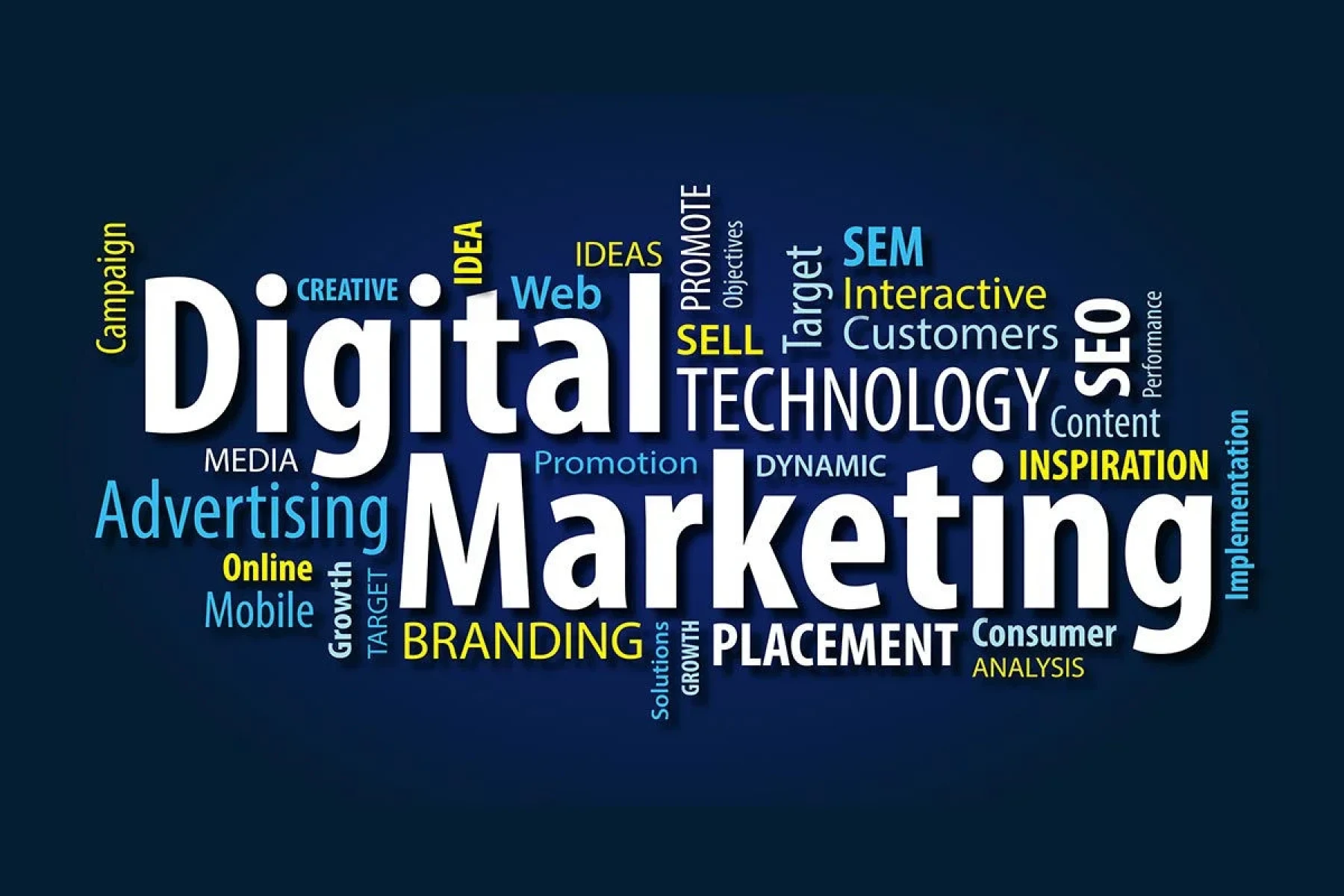The world of e-commerce SEO is changing faster than ever. In 2026, ranking your online store isn’t just about keywords and backlinks — it’s about AI-driven search, intent-focused optimization, and customer experience that converts traffic into sales.
Whether you’re running a Shopify store, WooCommerce site, or a marketplace brand, the way Google evaluates e-commerce websites has evolved. If you want to dominate search results, boost sales, and build long-term brand visibility, your SEO strategy needs to evolve too.
Let’s explore the top e-commerce SEO strategies for 2026 that actually matter — and how you can use them to rank higher, attract qualified buyers, and sell more online.
1. Optimize for Google’s AI Models (MUM, Gemini & Beyond)
In 2026, Google’s MUM (Multitask Unified Model) and Gemini AI are driving search results. These models understand intent, context, and multimedia content better than ever before.
That means:
- Your product descriptions, FAQs, and content must answer why, what, and how — not just use target keywords.
- Use semantic keywords (like “best running shoes for flat feet” instead of just “buy running shoes”).
- Add structured data (schema markup) for products, reviews, and availability to help Google interpret your content.
🟩 Pro Tip:
Create short videos or infographics for your product pages — MUM can read visuals and rank your content in video and image search too.
2. Prioritize User Intent Over Keywords
Keyword stuffing is officially dead. Today’s SEO is about search intent — understanding what your buyer truly wants.
Here’s how to align your strategy:
- Use informational content for users researching products (“best budget smartphones 2026”).
- Optimize transactional pages for buying intent (“buy smartphone online Jaipur”).
- Include comparative keywords for users comparing options (“iPhone 16 vs OnePlus 14”).
🟩 Example:
If you sell skincare products, write blog posts like:
“Vitamin C vs Niacinamide: Which is Better for Your Skin in 2026?”
— It’s both SEO-rich and conversion-focused.
3. Product Page Optimization That Converts
Your product page is your digital salesperson. To rank and sell better in 2026, make sure your product pages are optimized for both SEO and UX:
- Use unique, keyword-optimized titles and meta descriptions.
- Write original product descriptions (avoid manufacturer copy).
- Add high-resolution images, videos, and 360° views.
- Include schema markup for ratings, price, and stock.
- Optimize for Core Web Vitals — speed, responsiveness, and visual stability.
🟩 Pro Tip:
Use LSI keywords naturally in product descriptions (e.g., for “wireless earbuds,” use related terms like “Bluetooth audio,” “noise-cancelling,” and “hands-free calling”).
4. Content Marketing for E-Commerce SEO
In 2026, e-commerce SEO goes beyond product listings. You need content that educates, engages, and ranks.
Start a blog section on your store and publish:
- Buying guides (“How to Choose the Perfect Laptop in 2026”)
- Comparison posts (“MacBook Air vs Dell XPS”)
- How-to tutorials (“How to Clean Leather Shoes Safely”)
- Product care tips, style advice, or seasonal gift guides
🟩 Why it works:
These posts bring organic traffic, build topical authority, and help your site appear in voice search results and featured snippets.
5. Leverage Local SEO (Especially for Indian E-Commerce)
If you sell or deliver in specific regions like Jaipur, Delhi, Bangalore, Mumbai, or Hyderabad, then local SEO can skyrocket your visibility.
Here’s what to do:
- Create location-based landing pages (e.g., “E-Commerce Store in Jaipur”).
- Add your business to Google My Business (GMB) with accurate hours, phone, and service area.
- Collect local reviews — they directly affect your rankings.
- Use GEO keywords like “online store in Jaipur,” “buy electronics in Delhi,” or “furniture delivery in Bangalore.”
🟩 Pro Tip:
Embed a Google Map and include your NAP (Name, Address, Phone) consistently across your site and directories.
6. Mobile-First & Voice Search Optimization
More than 75% of online purchases in India now happen on mobile devices. In 2026, if your website isn’t mobile-first, you’re invisible.
Checklist for mobile SEO success:
- Use responsive design (your site should adapt perfectly on all screen sizes).
- Optimize for voice queries (“Where can I buy organic coffee near me?”).
- Keep titles and meta descriptions conversational and short.
- Use FAQ schema — it increases your chances to appear in voice and snippet results.
🟩 Pro Tip:
Test your site using Google’s Mobile-Friendly Test and PageSpeed Insights monthly.
7. Build Authoritative Backlinks — Quality > Quantity
Backlinks are still one of the strongest ranking signals, but Google now values authority over volume.
The best e-commerce backlink strategies for 2026:
- Get featured in industry blogs or YouTube reviews.
- Collaborate with micro-influencers for product mentions.
- Publish guest posts on niche websites (e.g., “Top Gadgets for 2026” on tech blogs).
- Build internal links between blog articles and product pages.
🟩 Pro Tip:
Avoid low-quality backlinks from spammy directories. Google’s AI easily detects unnatural link patterns now.
8. Use AI Tools for Keyword Research & SEO Automation
AI is no longer a buzzword — it’s your SEO assistant. Tools like Surfer SEO, Frase, ChatGPT, SEMrush, and Jasper can help you:
- Identify keyword gaps your competitors missed.
- Optimize on-page SEO for topical relevance.
- Write content briefs, meta tags, and FAQs faster.
🟩 Pro Tip:
Use AI to generate ideas, but always add your human experience and brand tone to make content original.
9. E-A-T & Brand Trust Are Critical
Google’s E-A-T (Experience, Expertise, Authoritativeness, and Trustworthiness) is a must-have for e-commerce sites.
To build E-A-T:
- Add author bios, testimonials, and case studies.
- Ensure your About, Privacy Policy, and Return Policy pages are detailed.
- Use HTTPS and clear contact information.
- Encourage verified customer reviews on products.
🟩 Pro Tip:
Show transparency — people buy from brands they trust, and Google rewards those brands with higher rankings.
10. Measure, Analyze & Evolve
SEO in 2026 is a moving target. What worked in 2024 might be outdated today.
Keep analyzing your performance with tools like Google Search Console, GA4, and Ahrefs.
Track metrics like:
- Organic traffic and impressions
- Click-through rate (CTR)
- Conversion rate (CVR)
- Keyword rankings and Core Web Vitals
🟩 Pro Tip:
Update your content every 3–6 months. Freshness signals help maintain rankings and visibility.
Final Thoughts
E-commerce SEO in 2026 isn’t about gaming algorithms — it’s about building experiences that align with how people search, think, and buy.
If you focus on AI-friendly optimization, content relevance, user experience, and trust, your online store can consistently rank high — even in competitive niches.
Remember, SEO is not a one-time task; it’s a long-term growth system. Start optimizing today, and by the time 2026 ends, your store could be among the top-ranking e-commerce brands in India.

Ravi Kant is a seasoned Digital Marketing Expert with over 12 years of hands-on experience in SEO, SEM, Social Media Marketing, and Growth Strategy. He has successfully driven digital transformations for multiple brands across India and abroad — including eCommerce, education, hospitality, and tech sectors.
As the Trainer of Tech Career Jaipur, Ravi is passionate about empowering students and professionals with practical digital marketing skills that create real business impact. His blogs are written from real-world experience, offering deep insights, actionable strategies, and honest advice for anyone who wants to build a career or business in digital marketing.





